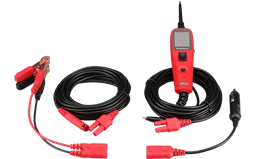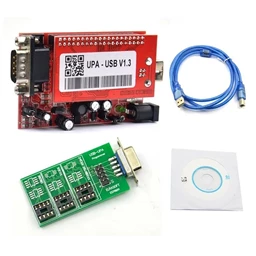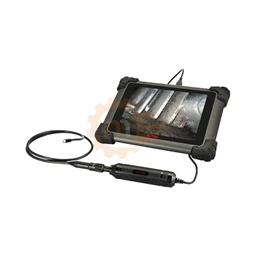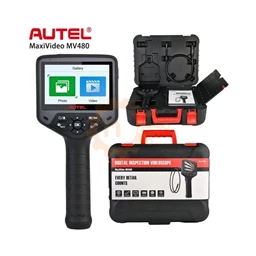It is Vital to Understand the Signals on the Tractor Instrument Panel Tractors are complex and powerful machines that form the backbone of modern agriculture. In the intensive pace of agricultural activities, they are expected to work continuously and efficiently at every stage from October to harvest. However, tractors, like any machine, may encounter malfunctions from time to time. Fault lights and warning lights located on the instrument panel of tractors are important warning systems that inform the driver of a possible problem or a situation that needs attention. Knowing what these lights mean and intervening at the right time is vital both to prevent larger and more costly failures and to ensure job safety. Although many farmers and tractor operators are familiar with some of these lights, it has become difficult to know the meaning of all the warnings due to the variety of systems and technological developments in modern tractors. A Deciphered warning light can cause unnecessary anxiety or, worse, ignoring a serious problem. In this comprehensive guide, you will find fault lights and warning lights commonly encountered in tractors (engine, hydraulic, transmission, electrical, etc. related to systems), what they mean, possible causes, and what should be done when faced with these situations, we will discuss in detail in the light of Nitro IT expertise and professional diagnostic solutions such as Jaltest AGV. Color Codes and General Meanings of Tractor Fault Lamps Warning lights on tractors usually have standard color codes: * Red Lights: Usually refers to the most serious warnings. It indicates that it should be stopped immediately and the problem should be checked. Continuing to use the tractor while these lights are on may cause permanent damage to the engine or other important components or pose a safety risk. * Yellow or Orange Lights: Indicates that there is a malfunction in a system or that it is time for maintenance. The tractor can usually be continued to be used, but it must be shown to an authorized service or specialist as soon as possible. If the problem is ignored, it can lead to more serious problems. Dec. * Green or Blue Lights: Usually indicate that a system is active (for example, headlights, quad blinkers, tailshaft) or a normal operating state. It does not mean any malfunction. Common Tractor Fault Lamps and Their Meanings Below are the common fault lamps and their possible meanings that you may encounter on different tractor brands and models. Remember, the user manual of each tractor contains the most accurate information about the warning lights specific to that model. 1. Engine System Warning Lights • Engine Oil Pressure Low Light (Usually Red): Indicates that the engine oil pressure has dropped dangerously low. Immediately stop the engine and check the oil level. Causes: Low oil level, oil pump failure, blocked oil filter, use of oil with the wrong viscosity, intra-engine wear. * Engine Temperature Indicator (Usually Red): Indicates that the engine coolant temperature has risen excessively. Stop the engine immediately and let it cool down. Causes: Low coolant level, thermostat failure, radiator blockage, fan failure, rev pump problem. * Engine Fault Lamp (MIL) / Check Engine (Usually Yellow/Orange): Indicates that one or more engine-related faults have been detected by the engine control unit (ECU). The causes can be very diverse: Sensor failures (oxygen sensor, MAF sensor, crankshaft position sensor, etc.), ignition system problems, fuel system problems (injectors, fuel pump), emission control system failures (EGR valve, DPF). - Nitro IT Solution: Fault codes should be read and detailed diagnosis should be made by connecting to the ECU with a professional fault detection device such as Jaltest AGV. * Diesel Particulate Filter (DPF) Light (Usually Yellow/Orange): Indicates that the DPF is clogged or in need of regeneration. Usually, passive regeneration can be performed by using a tractor at a certain speed and speed. If it fails, active (service) regeneration may be required. * Battery Charging Light (Usually Red): Indicates that the battery is not charging or that there is a problem with the charging system (alternator, connector). Causes: Alternator failure, V-belt breakage/loosening, battery connection problems. 2. Transmission and Powertrain Warning Lights • Transmission Oil Pressure Low Light (Usually Red/Yellow): Indicates that the transmission oil pressure is low. Check the oil level and leaks. * Transmission Oil Temperature High Light (Usually Red/Yellow): Indicates that the transmission oil is overheating. Stop the tractor and let it cool down. Long-term operation under heavy load or low oil level may be the cause. * Differential Lock Active Light (Usually Green/Yellow): Indicates that the differential lock is switched on. It should only be used at low speeds and on slippery floors. * Front Wheel Drive (4WD) Active Light (Usually Green/Yellow): Indicates that the front wheel drive is engaged. * Tail Shaft (PTO) Active Light (Usually Green/Yellow): Indicates that the tail shaft is working. Care should be taken in terms of security. 3. Hydraulic System Warning Lights * Hydraulic Oil Level Low Light (Usually Yellow/Red): Indicates that the hydraulic oil level is low. Add oil and check for leaks. * Hydraulic Oil Filter Blocked Light (Usually Yellow): Indicates that the hydraulic oil filter needs to be replaced. * Hydraulic System Failure Light (Usually Yellow/Red): Indicates that there is a general failure in the hydraulic system. There may be a problem with the pump, valves or sensors. - Nitro Informatics Solution: Hydraulic system parameters should be checked with Jaltest AGV and fault codes should be read. 4. Brake System Warning Lights * Parking Brake Pull-out Light (Usually Red): Indicates that the parking brake is activated. Be sure to download it before moving. * Brake Fluid Level is Low / Brake System Failure Light (Usually Red): Indicates that the brake fluid level is low or that there is a serious problem with the brake system. It should be checked immediately. 5. Other Important Warning Lights • Air Filter Blocked Light (Usually Yellow): Indicates that the engine air filter is clogged and needs to be replaced or cleaned. * Fuel Level Low Light (Usually Yellow): Indicates that the fuel is running low and refueling is required. * Cabin Filter Blocked Light (Usually Yellow): Indicates that the cabin air filter needs to be replaced. What Should Be Done When the Fault Lamp Lights Up? 1. Stay Calm and Pull Over to a Safe Place: Stop the tractor safely without panicking, especially if a red light is on. 2. Check the User Manual: Confirm from the user manual of your tractor what the burning light means. 3. Make Visual Checks: Check for obvious problems such as oil levels, liquid leaks, loose connections. 4. Stop the Engine If Necessary: Stop the engine immediately, especially if there are critical warnings such as oil pressure or temperature. 5. Get Professional Help: If you are unable to solve the problem yourself or are unsure of the meaning of the light, contact an authorized service or a specialized organization such as Nitro Bilişim. Professional fault detection devices such as Jaltest AGV can quickly and accurately determine the source of the problem. Understand the Language of Your Tractor with Nitro Bilişim Modern tractors are equipped with complex electronic systems, and fault diagnosis requires special expertise and equipment. As Nitro Bilişim, we offer comprehensive multi-brand fault detection devices specific to agricultural machinery such as Jaltest AGV. Thanks to these devices: • You can read and delete the fault codes on all tractor systems. • You can monitor and analyze the live data of the sensors. * You can make calibration and parameter settings. • You can access detailed technical information and connection diagrams. The warning lights on the dashboard of your tractor are the way to communicate with you. Understanding these signals correctly and intervening in a timely manner ensures that your agricultural activities continue uninterrupted and efficiently. Conscious Use, Problem-Free Agriculture Tractor Decaying lights are important warnings that should not be ignored. Knowing the meaning of each light allows you to be prepared for possible problems and take the right steps. With regular maintenance, proper use and professional diagnostic support when necessary (such as Nitro Bilişim and Jaltest AGV), you can extend the life of your tractor, maintain its performance and safely continue your agricultural activities. Remember, understanding what your tractor is trying to tell you is the key to a trouble-free harvest period.
Saturday, May 17, 2025

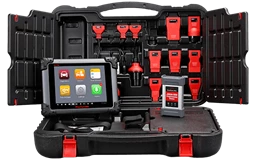

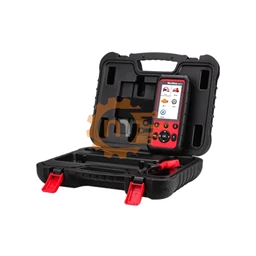
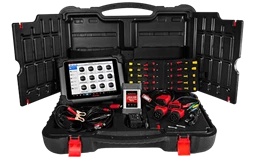
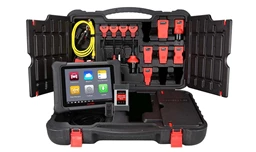

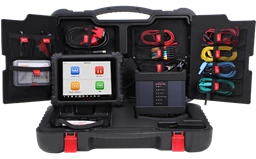
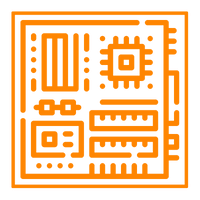

.webp?size=256)

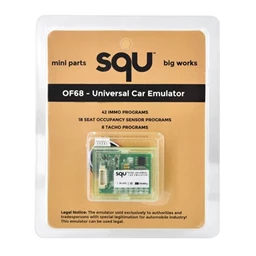
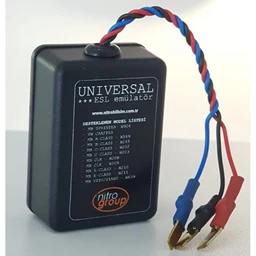

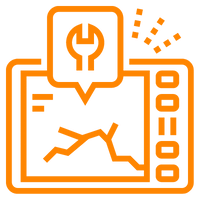

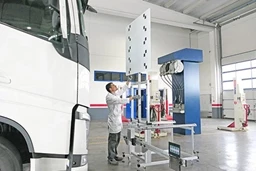
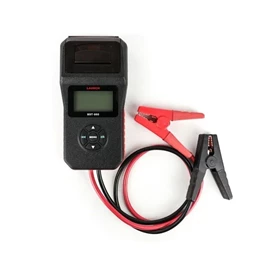
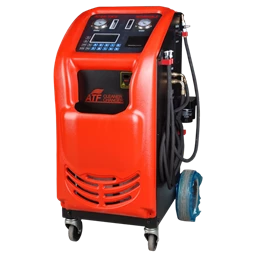

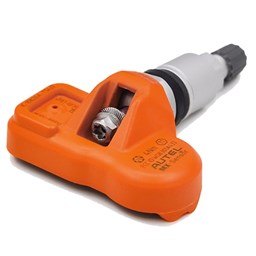
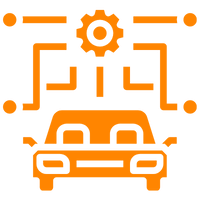
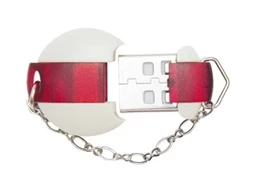


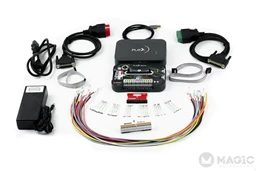
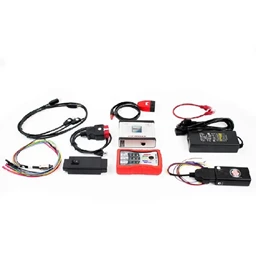
 Cihazı.webp?size=256)

